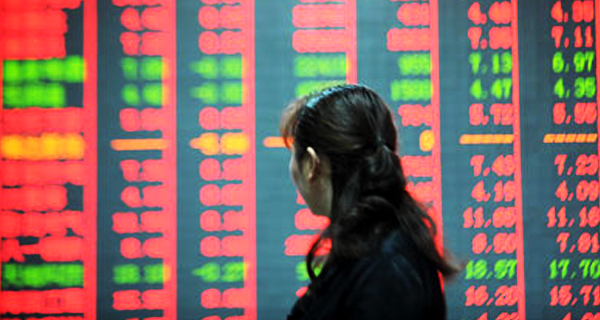In contrast to the capitalist market economy, the Soviet Union and the leading communist countries then operated a centralized economic system controlled by the state. In addition, it is a mixed economic system that combines the two models. With the collapse of the Soviet Union, the economic model that followed it also collapsed, and in many countries a mixed economic system is in operation.
Some state interventions were later introduced into the classical free market economy. Chief among these was John Maynard Keynes, a British economist who proposed a solution to the global recession of the 1930s by increasing government spending and reducing government taxes by increasing the demand for goods and thereby overcoming the recession. .
Later, during World War II, welfare state policies were introduced under the British free market system.
Opinions in favor of the classical free market economy as opposed to state intervention in the economy were referred to as ideologies for a neo-liberal economy. In the 1980s, US President Ronald Reagan and British Prime Minister Margaret Thatcher introduced the neo-liberal economic policies as a practical re-introduction of the free market system without state intervention.
The social market economy was first used in 1949 by West Germany under its Chancellor Conrad Adinor. This economic system was introduced as an alternative to the free market economic system and the socialist, that is, the centrally controlled economic system. The main objective of this economic system is to ensure the social and economic welfare of the citizens living in the society. The meaning of the word social here is completely different from the meaning of the word socialist in the Chinese economic system. This means an open economic system that provides equal opportunities to all marginalized sections of society. A simple example can illustrate this. About 80% of the country’s tax revenue is levied on indirect taxes, such as value added tax (VAT), and 20% on direct taxes, such as income tax. Since taxes such as VAT apply to all goods, everyone should pay those taxes without distinction between rich and poor. Income taxes are paid by the rich, the able-bodied. In many countries the indirect tax / direct tax rate is around 60% / 40%.
The socialist market economy is the term used by Deng Xiaoping to describe the economic reforms introduced in China. State institutions in China operate in a market economy. Under the Communist government, all institutions in the country were state institutions. The market economy was first introduced to China and these state institutions began to operate according to the market without the influence of the state. Profits remained with those institutions. Now China is gradually privatizing state-owned enterprises. There is also an opposition in China to this privatization. In their view, state institutions should remain under the Communist Party. One Chinese expert (Yukon Huang- https://www.youtube.com/watch?v=XepCi0I_g6I) believes that China’s corruption is good for China’s economy. This is because public officials are prone to corruption in the privatization of state institutions. Institutional privatization is something that contributes to the progress of the country’s economy. As corruption increases, many institutions become more privatized and economic growth increases. In contrast, corruption in India is caused by the private sector doing what the government should be doing. If they happen without corruption, those actions will be a cause for the progress of the country’s economy. Hence corruption in India is causing economic decline in the country. This could happen not only in India but also in a country other than China. Therefore, the Chinese economic model cannot be used in other countries.
The United National Party introduced the open economy to the country in 1977. The period from 1970 to 1977 that preceded it marked the culmination of a closed economy and state intervention in the economy as a whole. Chandrika Kumaratunga came to power after the UNP regime, declaring that she would give a human face to the open economy. Mahinda Rajapaksa who came to power after that tried to give a national face to the open economy. Before the UNP came to power in 2015, it talked about a social market economy. But it did not work. Although the present government says that it is adopting an open economic system, in the face of the economic crisis facing the country, King Dutugemunu is trying to go back to the 1970s and 1977 era by abruptly stopping the importation of various goods as he did in the early days of the war.
Although the country has followed various economic models since independence, the country is now in a deep economic crisis. The main reason for this is that in the long run, government expenditure in the government budget account exceeds government revenue. Borrowing is needed to cover this extra cost, and in the following years, government spending will have to be repaid to pay off debts as it exceeds revenue. In addition, in the long run, the country’s import bill is higher than its export earnings. There are also huge inequalities in the country’s income distribution. The top 20% of the country’s population owns 50% of the national income and the bottom 20% owns only 5% of the national income.
The need is to adopt a pragmatic economic approach that can solve these economic problems.
